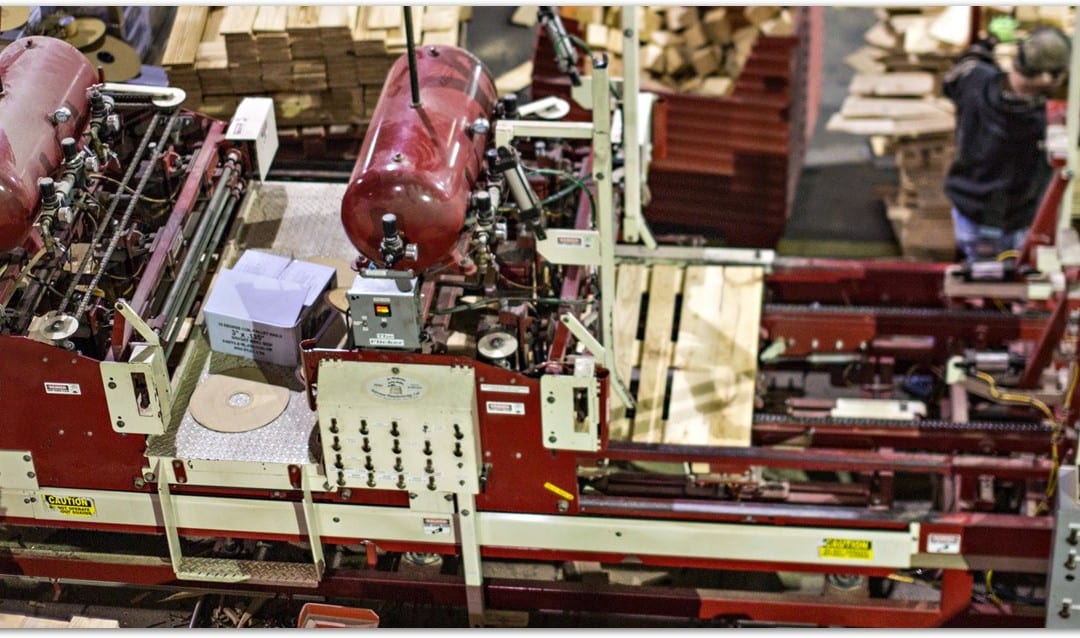According to The National Wooden Pallet and Container Association, “There are more than 1.8 billion pallets in service in the United States each day. Ninety-three percent of these pallets are made from wood.”
That’s a lot of wooden pallets. The question that many have asked is, is using wood actually a good thing?
The answer is yes. Take it from The National Wooden Pallet and Container Association, which has several posts about, you guessed it, wooden pallets.
Durability and strength are not the only things that make wood an ideal material for pallets. According to one of the Association’s posts, “There is no other commonly-used building material that requires so little energy to produce as wood.”
Another post, “Common Myths about Forests and Lumber”, gives the specifics behind this truth: it’s lighter weight (compared to steel or cement) means less fuel is used in its transportation; processing lumber doesn’t result in any toxic byproducts; used wood products can easily be repurposed as mulch or wood pellets; and it is the overall best choice in terms of air and water pollution and greenhouse gas emissions.
But wouldn’t the production of millions of wooden pallets have a devastating impact on our forests? This is a common concern, but it too is only myth. The post explains that, “On government-owned land, lumber companies pay to replant trees after they are done cutting to ensure a constant replenishment of trees and the continuation of ecosystems.” They went on to point out that, “foresting and protecting biodiversity do not have to be conflicting goals. Lumbering businesses understand that without a continuous supply of trees to harvest, they will be out of business. They are highly incentivized to maintain healthy and productive forests.”
Another post about wood pallets being environmentally favorable refers to an assuring statistic; “According to the U.S. Forest Service, there were 119 percent more hardwood trees in 2007 than in 1953, with the growth-to-removal ratio of 2.00 (two new trees for every one removed).” There are many other positive statistics like these that have come from studies conducted by several groups in America as well as Canada and Europe. The post references the CEI-BOIS, a European group, to give another example of how beneficial it is to use wood over alternative materials; “Every cubic meter of wood used as a substitute for other building materials reduces CO2 emissions to the atmosphere by an average of 1.1 ton CO2. If this is added to the 0.9 tons of CO2 stored in wood, each cubic meter of wood saves a total of 2 tons CO2.”
When looking for shipping products, or any type of product, consider the cons with the pros, but make sure they are in fact, facts. Wood pallets may have been associated with mythical cons, but the fact is, when it comes to pallets, wood is the natural choice.

